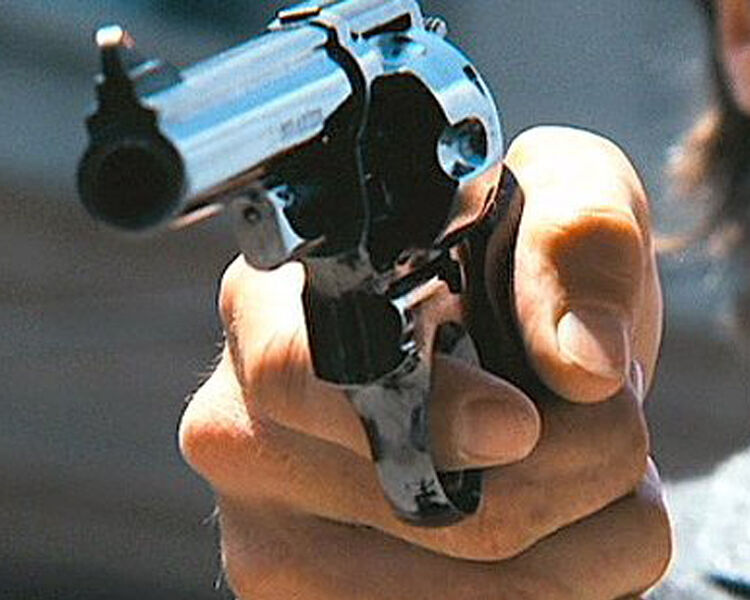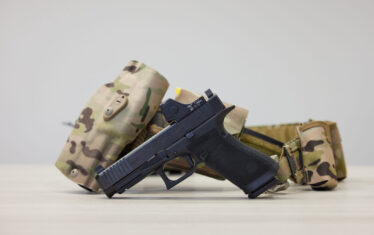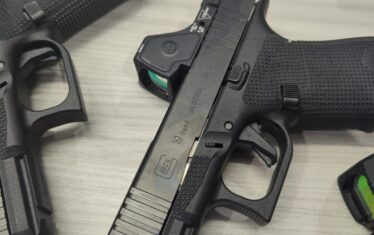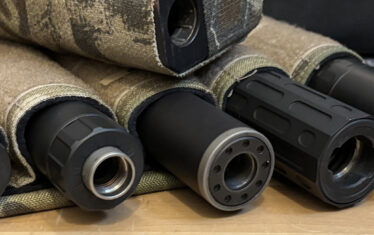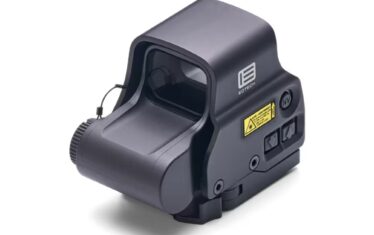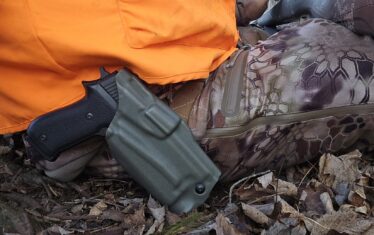Before the 1971 film Dirty Harry, few Americans — apart from your average firearms aficionados — likely had heard of the .44 Magnum. In the years since, however, most pop culture enthusiasts will be quick to tell you that it’s the most powerful handgun on Earth, and probably ask if you’re feeling lucky.
Thank you, Clint Eastwood!
Of course, most people — even gun devotees — likely get the quote wrong. We can thank old t-shirts and social media memes, as Eastwood as Inspector “Dirty” Harry Callahan actually stated to a wounded would-be bank robber at the start of the 1971 film, Dirty Harry:
“Uh uh. I know what you’re thinking. ‘Did he fire six shots or only five?’ Well to tell you the truth in all this excitement I kinda lost track myself. But being this is a .44 Magnum, the most powerful handgun in the world and would blow your head clean off, you’ve gotta ask yourself one question: ‘Do I feel lucky?’ Well, do ya, punk?”
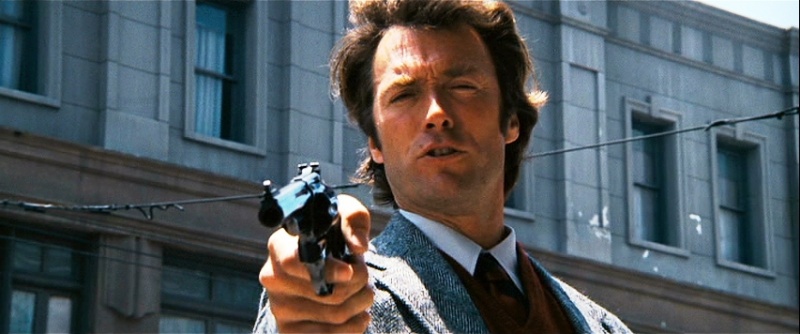
Becoming a Legend
After the release of the film, the .44 Magnum was legendary — even if it was no longer the most powerful handgun at that point. It had been eclipsed in power by the .454 Casull more than a decade earlier. We can forgive the writers for perhaps not knowing that particular fact and it is believable that Callahan likely wouldn’t have known either. Nitpickers will also note that the first widely commercially available handgun for the .454 Casull didn’t arrive for more than a decade.
Yet, more importantly, it is what those pop culture disciples aren’t likely to know that Dirty Harry’s choice of firearm wasn’t a “.44 Magnum” — technically “.44 Remington Magnum” — but rather that it was chambered for the high-powered cartridge. Some firearms have indeed become synonymous with the round they fire — case in point .38 Special and .45 — but most gun owners will state the model of their firearm, not the caliber.
Meet the Smith & Wesson Model 29
Those old t-shirts and memes don’t call out Dirty Harry’s hand cannon as the Smith & Wesson Model 29, and at no point does Callahan make that point clear. It has simply become known as the .44 Magnum.
Another surprising fact for those not in the know is that the Model 29 wasn’t a “brand new” firearm when the film hit theaters. It had been introduced in 1955, and while it caught the attention of those interested in large-frame revolvers, notably those interested in hunting with a handgun, Hollywood didn’t pay much attention.

It could be argued it didn’t have the right casting agent, but it would be safe to say that it took a change in Hollywood for the Model 29 to find its place. The late 1960s might be remembered for the advent of edgier films, including gritty police stories that included the archetype detective who plays by his own rules. It could further be stated that large revolvers weren’t what audiences expected to see in a modern drama.
James Bond arrived in cinema in 1962 with Dr. No, and carried the Walther PP, misstated to be the PPK that he went on use. The PPK was also the gun of choice by James Coburn in Our Man Flint, while Dean Martin’s Matt Helm was armed with such handguns as the Colt Detective Special and Walther P38. Action heroes of the 1960s simply didn’t need a big gun to make the point.
That changed with 1967’s Point Blank when big-screen tough guy Lee Marvin was seen with the Model 29. Perhaps as he was an anti-hero — a thief who finds himself betrayed and left for dead by his partner — it may have been seen fitting that he needed a large frame revolver. That appearance marked the screen debut of the Model 29, although it was never identified by name.
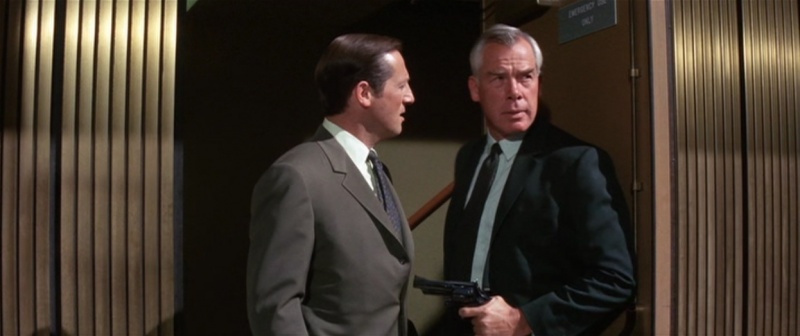
Model 29: Action Stars’ Gun of Choice
After hitting the big screen in Point Blank, the Model 29 appeared in a handful of films — but it could be argued those were in essence supporting roles.
Its big break came with Dirty Harry, and while it was in the era of counter-culture films that broke the Hollywood norm, its inclusion may have been due to Eastwood’s prior roles in Hollywood Westerns, where he carried the Colt Single Action Army in A Fistful of Dollars and For a Few Dollars More, and then again in Hang ’em High and Two Mules for Sister Sara.
Though Eastwood had appeared in the World War II films Where Eagle Dare (which has the distinction of having the highest “body count” in an Eastwood film) and Kelly’s Heroes, audiences may have expected to see him with a large revolver, and the Model 29’s size and shape aren’t that different from the SAA. Moreover, it could be argued that his performance as Harry Callahan needed a statement gun, and the Model 29 was it!
After Dirty Harry, the Model 29 was in demand, likely because other actors wanted to have the same type of hand cannon as Eastwood. Notably, among the first to carry it were former I Spy stars Robert Culp and Bill Cosby, who reunited in the 1972 crime noir drama Hickey & Boggs. Far from the buddy comedies to come a decade later, this film saw the pair as weary, hard-luck Los Angeles private eyes hired to find a missing woman. Each used a Model 29 in the film.
And while Sean Connery’s James Bond carried the PP and PPK, Roger Moore traded up his pocket pistol (it was actually taken from him) for a Model 29 in his debut outing in the 1973 film, Live and Let Die.
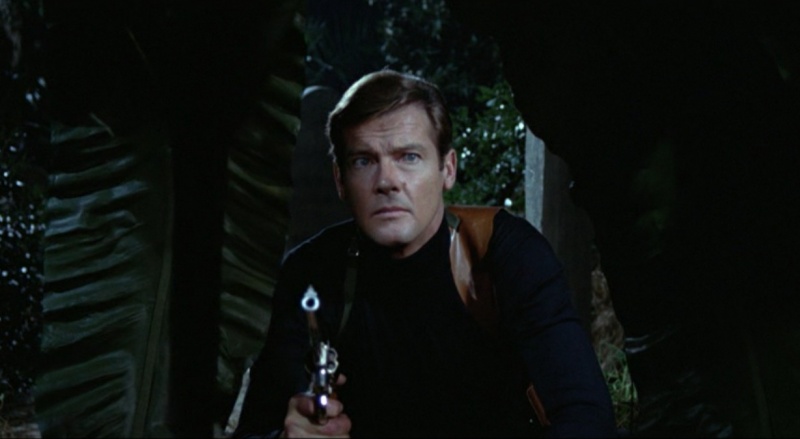
It is also worth noting that years before hip hop artists rapped poetic about the Mac-10 or AK-47, noted movie soundtrack composer Bernard Herrmann included a track titled “The .44 Magnum is a Monster” for the score of 1976’s Taxi Driver.
In the film, Robert De Niro’s character Travis Bickle carries a Smith & Wesson Model 29 with an 8 3/8-inch barrel — the longest factory barrel made for the revolver at that time. As the film offered a gritty take on the “Frontier Myth” of the heroic savior who can’t fit into civilized society, the Model 29 could also be seen as a modern take on the SAA.
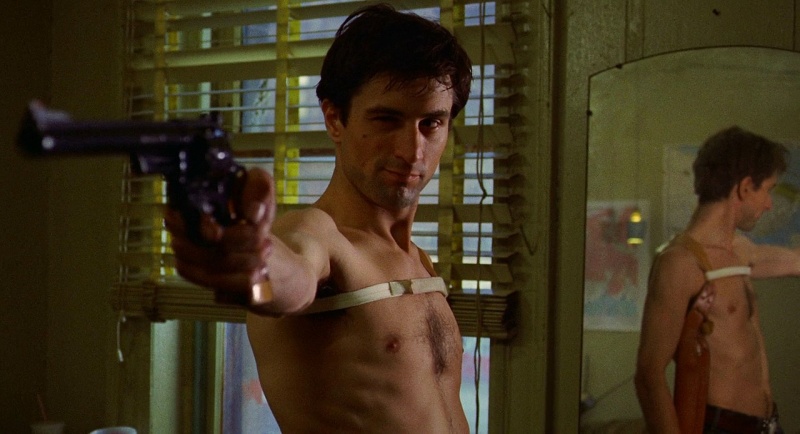
Numerous other stars went on to carry the Smith & Wesson including Chuck Norris, Nick Nolte, Hal Holbrook, Laurence Fishburne, Robin Williams, Brandon Lee, Judge Reinhold, Arnold Schwarzenegger, Ron Silver, Tom Sizemore, Chow Yun-Fat, Mel Gibson, Jim Carrey, Bruce Willis, Nicolas Cage, Mickey Rourke, and Michael Shannon. Big stars simply needed a large-frame gun, a fact that was true even as polymer-framed semi-automatics entered the scene.
It has been suggested that it was a Model 29 that tragically killed Brandon Lee during the making of 1994’s The Crow, but it was actually a Smith & Wesson Model 629, also chambered for .44 Magnum.
It Ushered in Hand Cannons in the Movies
An often told story about the making of Dirty Harry is that John Wayne (among others) turned the role, saw the popularity, and then looked to make the similar transition from cowboy films to modern detective stories as Eastwood, and opted to do the 1974 film McQ.
In that film, the Duke carried another large frame revolver, a .357 Magnum Colt Python, while Wayne also went down as the first “action star” to use an Ingram Model 10 (MAC 10) — although one had previously appeared in the aforementioned Live and Let Die.
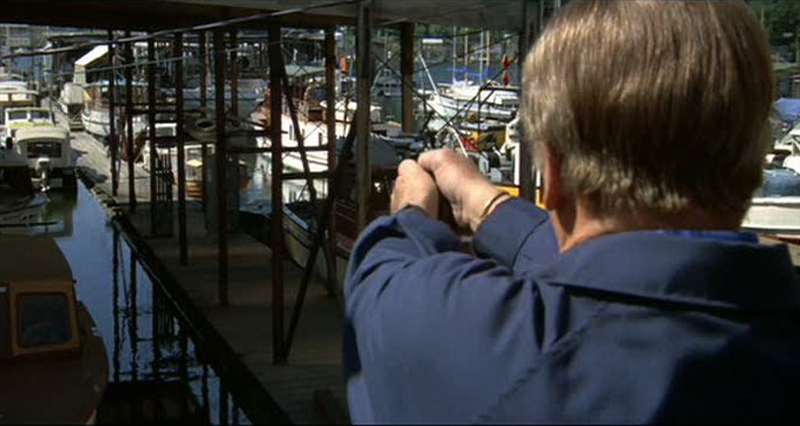
Following the success of McQ, Wayne traveled to London, England, to star in the similar modern detective story Brannigan, that time armed with a Colt Diamondback.
The era saw the inclusion of large caliber revolvers beyond the Model 29 in a series of films, likely as Hollywood and beyond saw bigger as certainly better. That included a Smith & Wesson Model 27 in The Outside Man, and an S&W Model 20 and Colt Python in The Getaway, while the original Assault on Precinct 13 and Rolling Thunder both featured characters with an S&W Model 28 (quite possibly the very same firearm).
Though large-frame revolvers — including the Model 29 — still find a place on the big screen, semi-automatics have largely gotten the starring roles. But apart from the generic Glock, no handgun has quite left its mark like the Model 29 and the “.44 Magnum!”





